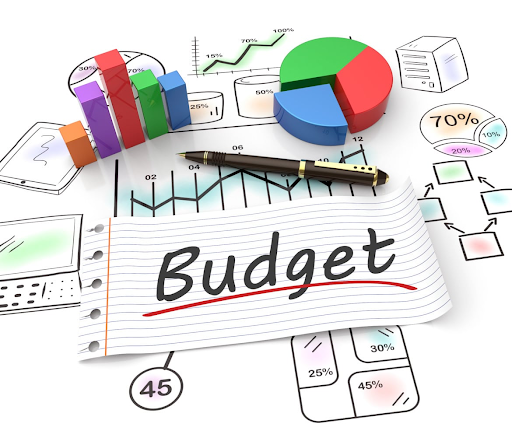Keeping solar projects under or on a budget can most times be a daunting task especially when operating in a dynamic environment where Inflation, volatile exchange rate, and inconsistent government policies are very much common.
Today’s business environment is generally very dynamic that it significantly increases the chances of budget overruns. One moment we think the project cost is under control and later we end up over the budget and we’re left wondering why. This unique business environment can make managing and controlling project costs one of the toughest aspects of project management.
Exceeding clients expectations while keeping solar projects costs under control requires staying on top of many moving parts of a solar project within the challenging Nigerian business environment.
Here are top tips to keep your projects on or even under budget while delivering superior quality products and services:
Understand the scope of the solar project
Project scope is the part of project planning that involves determining and documenting a list of specific project goals, deliverables, tasks, costs and deadlines. Most times what the stakeholders want in a project isn’t as straightforward as it may seem, therefore it is important to have a deeper understanding of the true desires of the stakeholders. Ultimately everything, Including the expectations, deliverables, constraint and every other requirement should be documented and clearly communicated to all parties involved.it is important to start thinking about estimates as soon as you start speaking with a potential client, this crucial step should be completed before budgets are set. Many projects have been initiated around needs but executed around wants, automatically putting projects at risk of budget overruns.
Build your estimate and set a realistic budget from the beginning

Once the project scope has been identified and clearly documented it’s time to start building your estimate. One of the best ways to create an effective solar project execution budget is to look at the expenses from past projects. If this is the first project with a given client, review your budgets from similar projects. If you have worked with a given client before, review past budgets to anticipate potential hiccups.A good estimate consists of a description of the project’s scope – work breakdown structure, the estimation technique used, and the accuracy of the estimate.Once your estimate is signed, it becomes your project budget. Finally, remember that nothing is certain. Add wiggle room to your budget for those unpleasant discoveries and unfortunate circumstances that come up in any project. There’s a good chance you’ll have to revisit your estimate during a project.
Monitor & Communicate
Once your solar project is underway, you’ll want to establish a rhythm for monitoring project costs. You can set up a Project Dashboard or Reconciliation Report that will dynamically update as your project team logs time to their tasks. These reports can also help you monitor when estimates are changing, Man hours spent and how that impacts your labour costs to visually monitor if your expected effort is trending in the right direction. It is also important to update the stakeholders on the progress of the project via a timely report. The reports should provide all the information needed by stakeholders to the level of detail required by them. All reports must give a clear, concise and true picture of the information that is being depicted. A key part of staying on budget is to make sure all key team members are aware of the current budget status as well.
Evaluate, Review & Learn
This part of a solar project is often neglected or avoided even though there are many benefits to making sure this is completed as part of your project lifecycle. Part of the project closure process involves recognizing the actual expenses and labour costs that were incurred upon completion of the project, and seeing how that lined up with initially approved projections from your Statement of Work. This way limiting factors and opportunities can be well taken note of and documented ahead of the future project budget.
References
Written by: Dafe Odebode
